Cast your memory back to any of the numerous press conferences of MS Dhoni in his last year or so as the captain of the Indian cricket team. There would be the inevitable references to the lower order batting and lack of a seam bowling all-rounder.
After the series defeat in Australia in 2016, he spoke about how he was finding it difficult to come into bat and start hitting right away, raising question marks about his finishing. He spoke about the lack of a seam bowling order that was making the batting line up shorter than it could be. “I don’t see any other youngster doing that job. I would love to bat up the order but I don’t see it happening,” were his exact words, after the 4-1 defeat Down Under.
It was similar after the series defeats to Bangladesh and South Africa in 2015. There were times you felt he was beginning to feel helpless, with the squad he was working with. On one hand, he wanted to bat higher up and on the other he could not bring himself to trust the younger brigade to take up the finishing responsibilities.
A semblance of a solution began to take shape during the five-match New Zealand series. He promoted himself up the order. He gave the new ball to Hardik Pandya. He began showing faith in the likes of Kedar Jadhav, Manish Pandey and Pandya lower down the order.
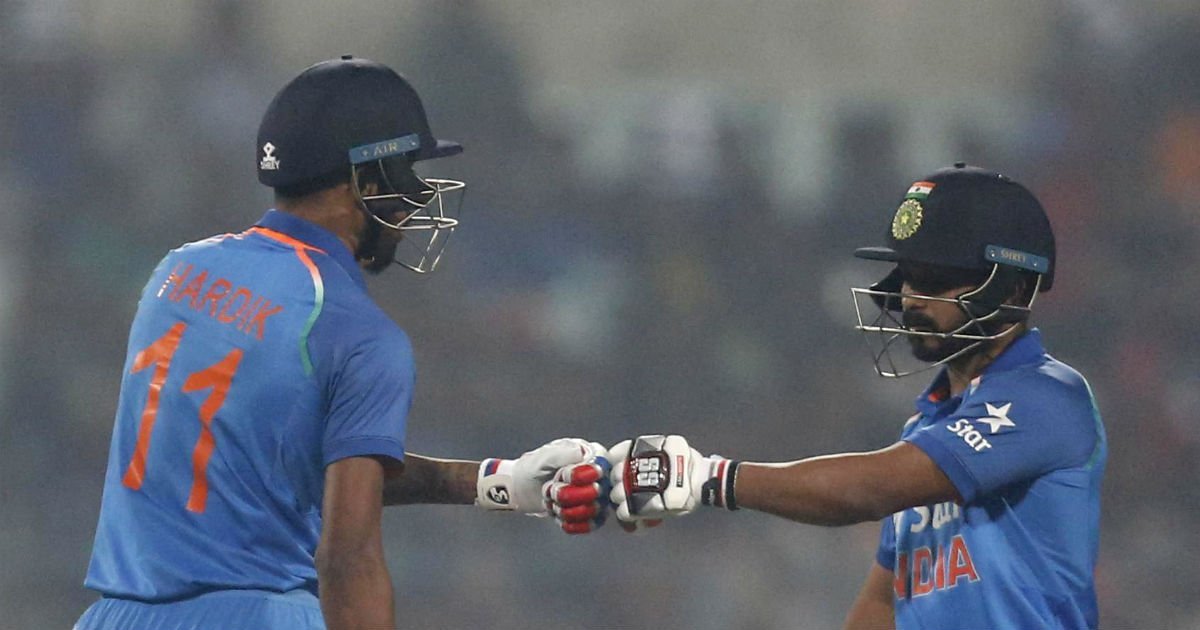
Now that the decision is not his to make anymore, India are reaping the benefits of trusting Jadhav and Pandya.
The biggest positive to emerge for Virat Kohli from the 2-1 series win against England has got to be Kedar Jadhav. The 31-year-old batsman from Maharashtra has earned himself the reputation for having a cool head on broad shoulders — an attribute the team were looking for, almost desperately, so that Dhoni can bat higher up. He showed glimpses of it during the New Zealand series — he almost took India past the finish line in Delhi with a quick-fire 43 after Dhoni failed to. But in the series against England, Jadhav has finally announced his arrival at the international stage.
He finished as the leading run-scorer in a series which boasted of some of the best hitters in the game, batting on flat pitches. With 2090 runs scored in six innings, the series set an all-time ODI record. And Jadhav emerged top of the pile, with 232 runs in 3 innings at an average of 77 and a stunning strike rate of 144. Only Ben Stokes had a better strike rate among batters with more than 100 runs in the series.
A look at how India’s lower order has fared in ODIs in the last two years, tells you the story:
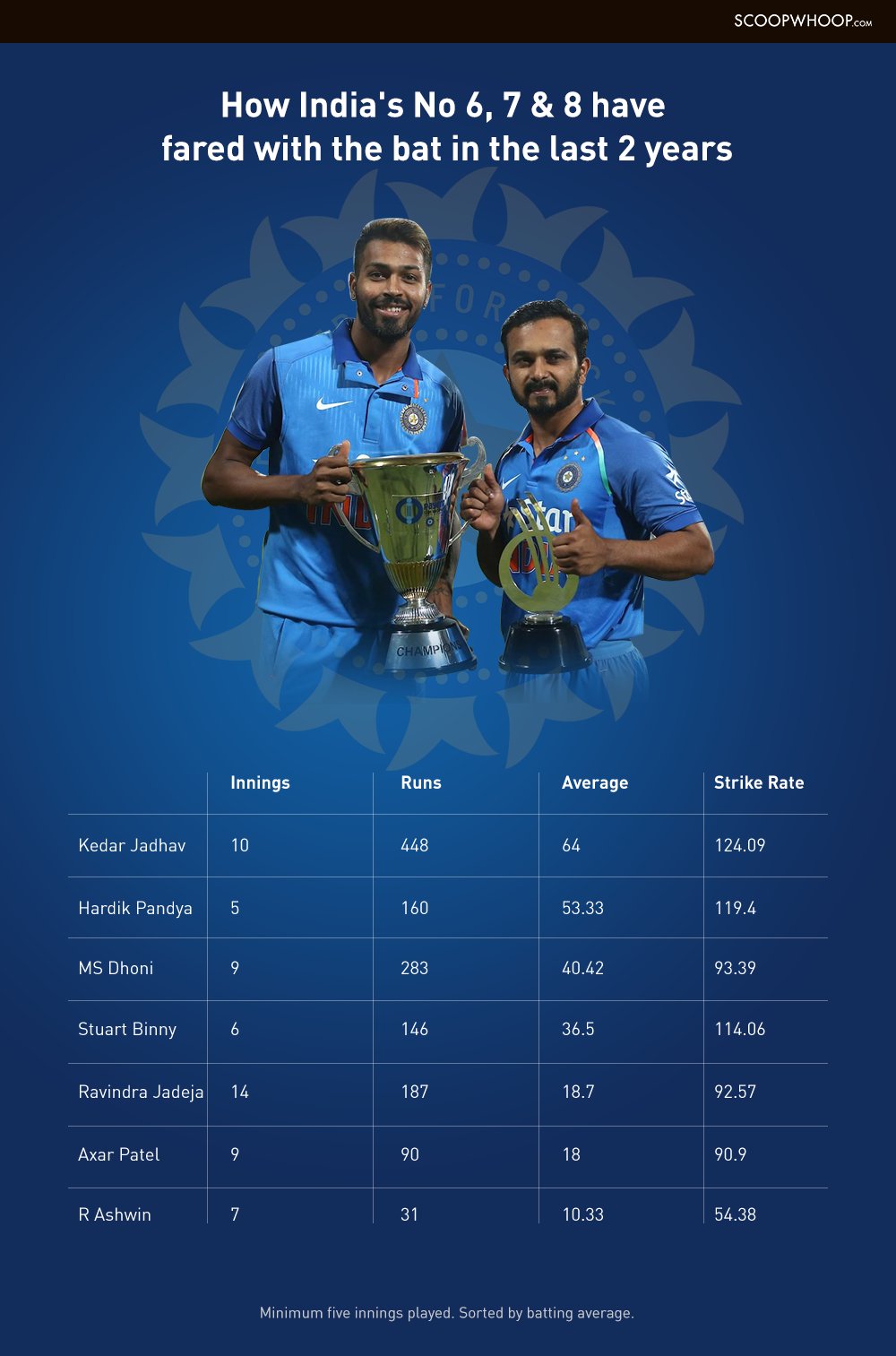
It’s not just the numbers, it’s the manner in which he scored them that augurs well for India. All three innings showed a different facet of his game. In Pune, faced with a daunting target and the team in doldrums, he showed he can come in and play the big shots right away. In Cuttack, with the set batsmen getting out and the team looking for a good finish, he showed he can play the cameo that has, for so long, been a problem for India when a big partnership ends. In Kolkata, on a pitch that was more English than Indian, he showed he can anchor the innings without the strike rate falling down. He did what Dhoni has done for so long for India — took the match to the 50th over and fell just one big shot short of turning around another losing cause.
Even considering the pitches were a run-fest, Jadhav’s shot selection and maturity, his ability to play the pull and his ability to take the aggressive approach from the word go were precisely what Dhoni (for a long time) and Kohli (for this series) were looking for from their No. 6 batsmen.
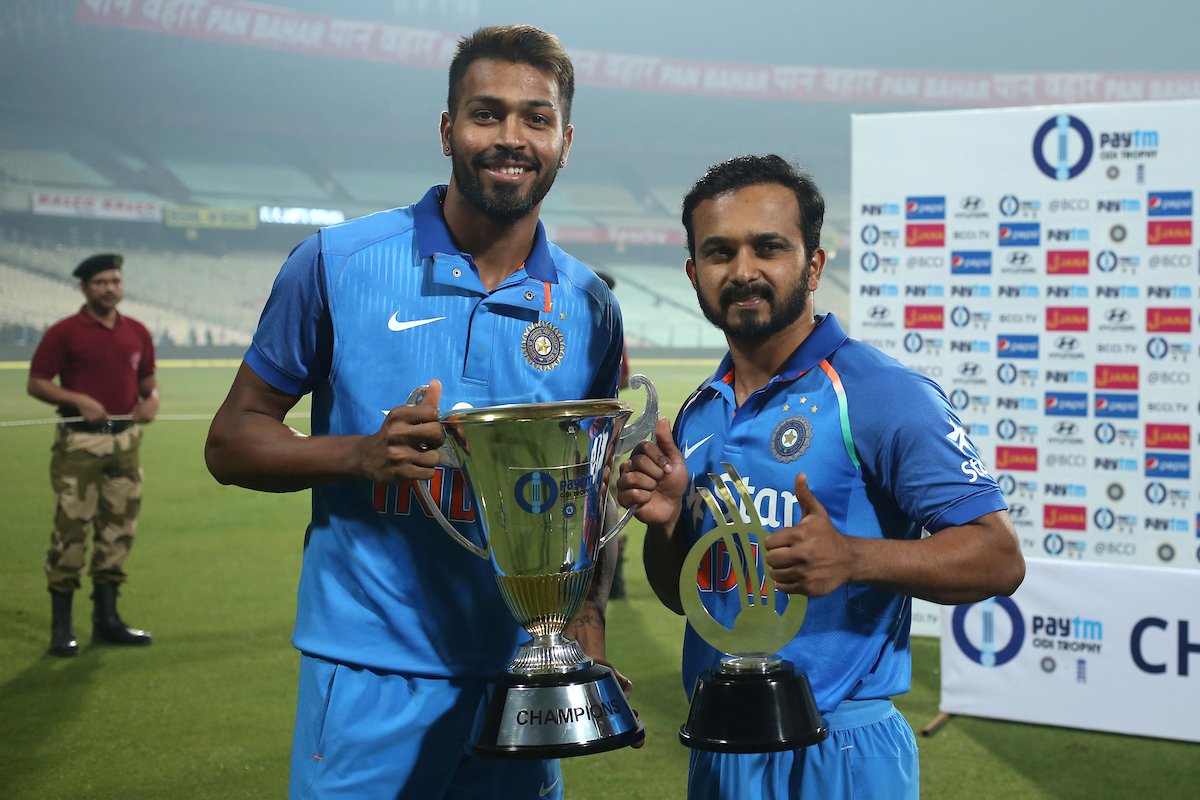
Alongside the Punekar, Hardik Pandya, the young punk from Baroda, has slowly started to make a name for himself. While his exploits in the IPL in 2015 shot him to instant fame, there were question marks over his ability to make an impact in longer formats. His elder brother overshadowed him in the IPL last year and the doubts over his mental make-up surfaced again.
But with Dhoni handing the new-ball in New Zealand series, Pandya is playing with renewed confidence. He has the ability to pick-up wickets with the new ball, has vastly improved his pace, and hits the right lengths more often that not. He has gone for runs aplenty too, but has showed that there is enough of a platform to work with. With the bat, he is still hit and miss but in against New Zealand in Delhi and England in Kolkata, he proved there is more to his batting than just mindless slogging.
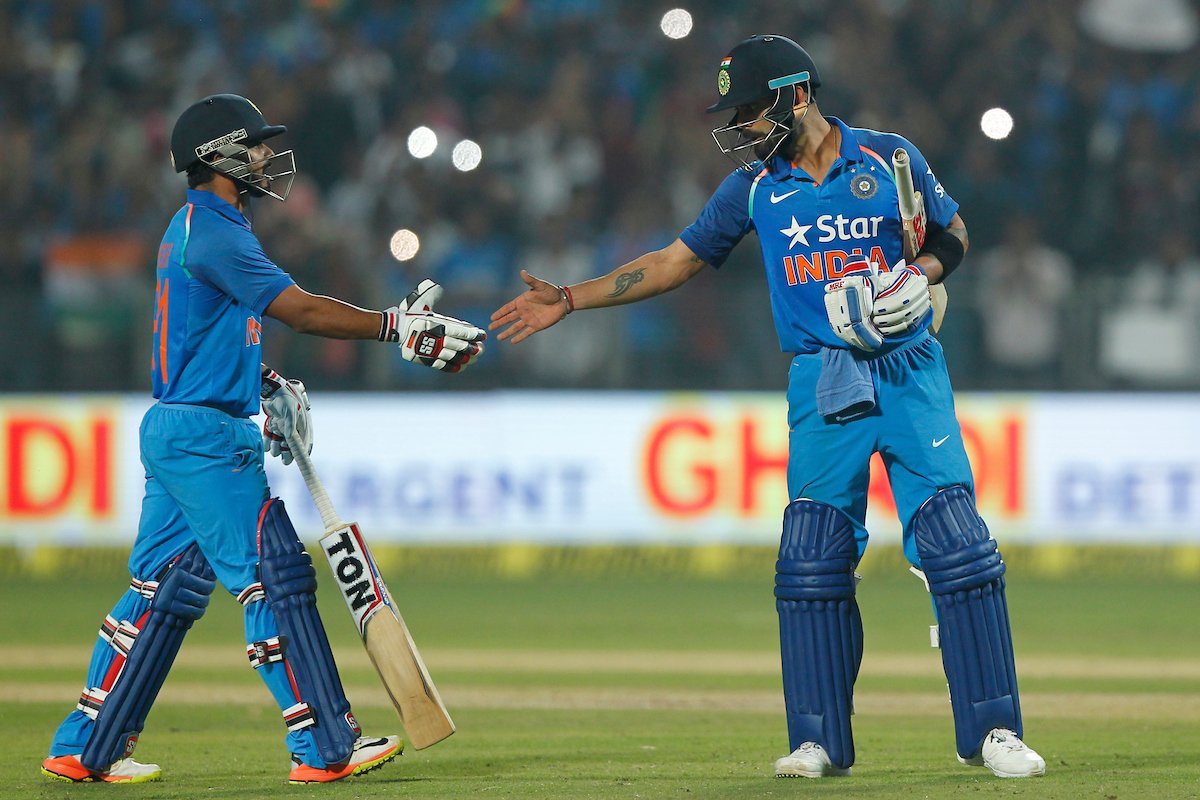
Kohli spoke about the duo after the defeat in Kolkata:
“Very pleased to see Kedar bat the way he did, very pleased to see Hardik perform with bat and ball. I think these guys have shown character and stuck it out whenever we’ve been under pressure. And that to me is the stand-out of this series as a captain. The way the new guys have performed and the way MS and Yuvi have batted. Two youngsters stepping up was more pleasing to see rather than two experienced guys taking the team through. It was an opportunity for them and they played really well.”
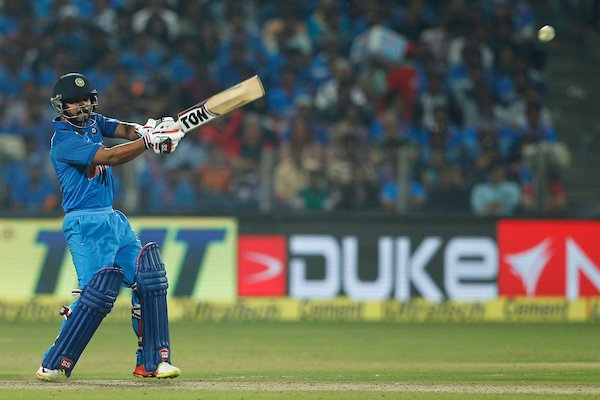
“All the teams around the world have a fast-bowling allrounder which gives them a lot of balance. It allows you to play that extra batsman, I guess. Allows you to still play two spinners, two seamers and if the guy is good enough, he does the job for you.”
Most importantly, Jadhav and Pandya have provided India with the key to the Holy Grail they have been looking for since the last World Cup — balance to their ODI squad. An issue that was proving to be a Catch 22 for Dhoni towards the end of his captaincy reign, has been resolved in Kohli’s very first series at the helm.
You just had to look at the dressing room towards the end of the chase at Eden Gardens when Jadhav and Pandya took India to the brink of a win. If pictures could spell words, the smiles on the faces of Dhoni and Kohli would have read — “we finally found the answers!”

















